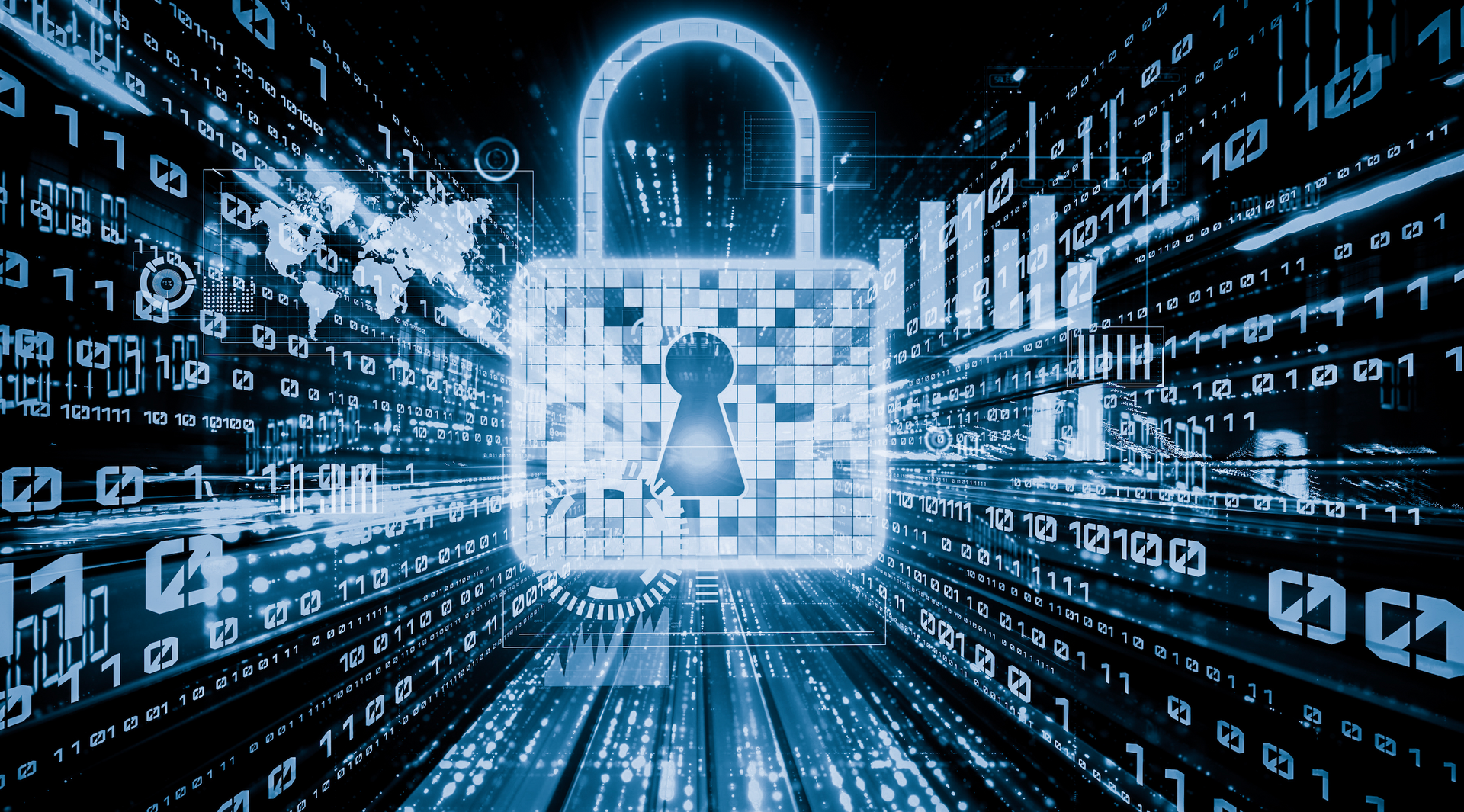AVOUCH
blockchain
blockchain security
Blockchain Security
refers to the measures and techniques implemented to protect the integrity, confidentiality, and availability of data stored and transactions conducted within a blockchain network. Blockchain technology is a decentralized and distributed ledger system that provides a secure and transparent way of recording and verifying transactions. However, like any other technology, it is not immune to security risks. Some key aspects of blockchain security include:
blockchain security
cryptography
Blockchain utilizes cryptographic algorithms to secure data and ensure its integrity. Encryption techniques, such as public-key cryptography, are used to protect transactions and ensure that only authorized parties can access and validate the data.
blockchain security
consensus mechanisms
Blockchain networks employ consensus mechanisms to validate and agree upon the state of the ledger. Different consensus algorithms like Proof of Work (PoW) or Proof of Stake (PoS) ensure that transactions are verified by a majority of participants, preventing malicious actors from manipulating the blockchain.
blockchain security
immutability
Once data is recorded in a blockchain, it becomes extremely difficult to modify or tamper with it due to the distributed nature of the network. The use of cryptographic hashes and linking blocks through previous block references makes it computationally infeasible to alter historical records without detection.
blockchain security
distributed network
Blockchain operates on a decentralized network of nodes, where each node stores a copy of the entire blockchain. This distributed nature ensures that there is no central point of failure, making it difficult for hackers to compromise the entire network.
blockchain security
smart contract security
Blockchain platforms that support smart contracts need to pay special attention to their security. Smart contracts are self-executing contracts with the terms of the agreement directly written into code. Issues like vulnerabilities, bugs, or flawed logic within smart contracts can be exploited, leading to potential security breaches. Thorough auditing, code reviews, and secure coding practices are essential to ensure the security of smart contracts.
blockchain security
permissioned access
Some blockchains, such as private or enterprise blockchains, may implement permissioned access control. This means that only authorized entities or participants can join the network, ensuring better control over security and preventing unauthorized access.
blockchain security
external threats
Blockchain systems can still be vulnerable to external threats such as Distributed Denial of Service (DDoS) attacks, malware, social engineering, and phishing attacks. Implementing security measures like firewalls, intrusion detection systems, and regular security audits can help mitigate these risks.
Overall, blockchain security is a multidimensional approach that combines cryptography, consensus mechanisms, decentralization, and other security practices to provide a robust and trustworthy environment for data storage and transactions. It aims to protect against unauthorized access, tampering, and ensure the integrity and reliability of the blockchain network.








